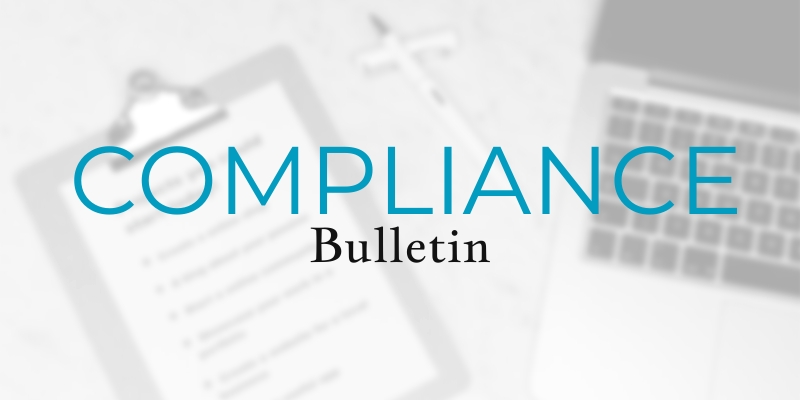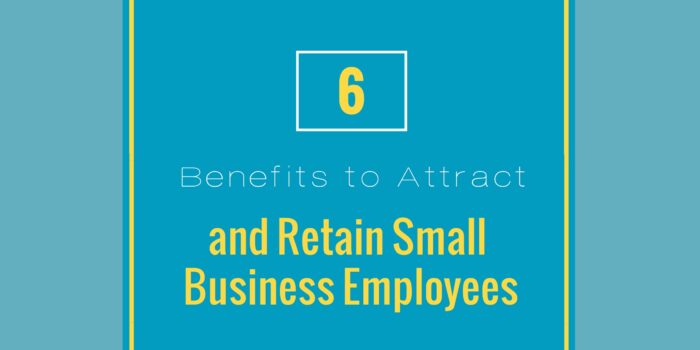11 Jun Fatal Accidents Increased 7% in 2020, Despite Fewer Drivers
[wpseo_breadcrumb]
According to the NHTSA, motor vehicle crashes caused 38,680 deaths in 2020—the highest number of projected fatalities since 2007.
 A recent report by the U.S. Department of Transportation’s National Highway Traffic Safety Administration (NHTSA) found that fatal traffic accidents increased 7.2% in 2020 from 2019, despite fewer drivers on the road.
A recent report by the U.S. Department of Transportation’s National Highway Traffic Safety Administration (NHTSA) found that fatal traffic accidents increased 7.2% in 2020 from 2019, despite fewer drivers on the road. Commercial motor vehicle (CMV) drivers have a lot to consider when it comes to operating their vehicles safely.
Commercial motor vehicle (CMV) drivers have a lot to consider when it comes to operating their vehicles safely. The Occupational Safety and Health Administration (OSHA) has issued a memorandum providing guidance on how it plans to enforce compliance with its electronic reporting rule for establishments that fail to submit electronic illness and injury records due to operational issues with the injury tracking application (ITA).
The Occupational Safety and Health Administration (OSHA) has issued a memorandum providing guidance on how it plans to enforce compliance with its electronic reporting rule for establishments that fail to submit electronic illness and injury records due to operational issues with the injury tracking application (ITA). OSHA issued its final rule on beryllium, which is a metal that can cause cancer and other health issues when inhaled or absorbed into the skin, on Jan. 9, 2017.
OSHA issued its final rule on beryllium, which is a metal that can cause cancer and other health issues when inhaled or absorbed into the skin, on Jan. 9, 2017. Attracting and retaining employees is a constant struggle for organizations of any size, but it’s particularly so for small businesses.
Attracting and retaining employees is a constant struggle for organizations of any size, but it’s particularly so for small businesses. According to a Gartner poll, 86% of organizations incorporated new technology to interview job candidates due to the COVID-19 pandemic.
According to a Gartner poll, 86% of organizations incorporated new technology to interview job candidates due to the COVID-19 pandemic.